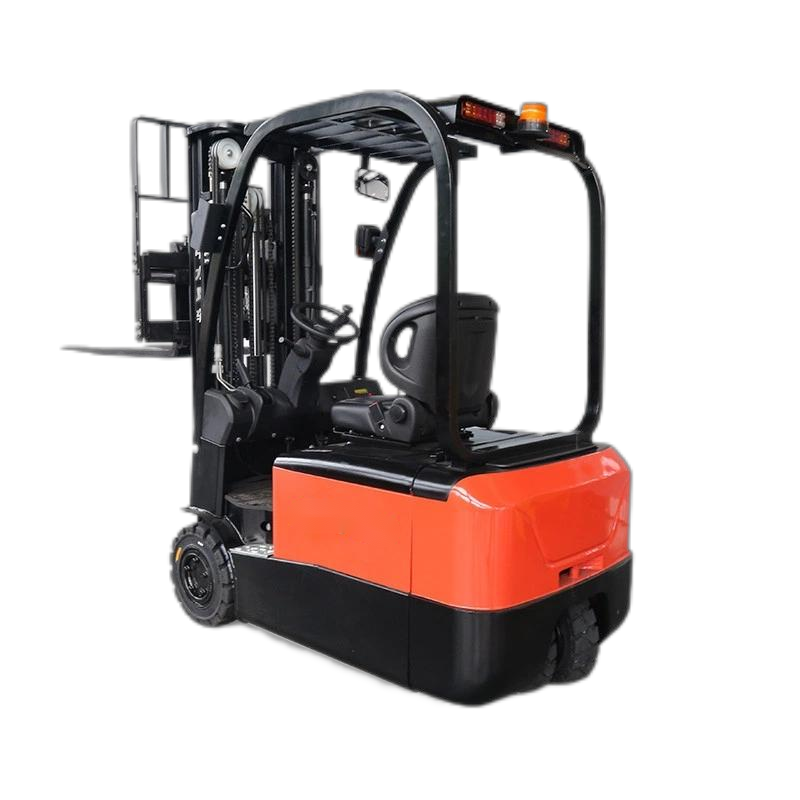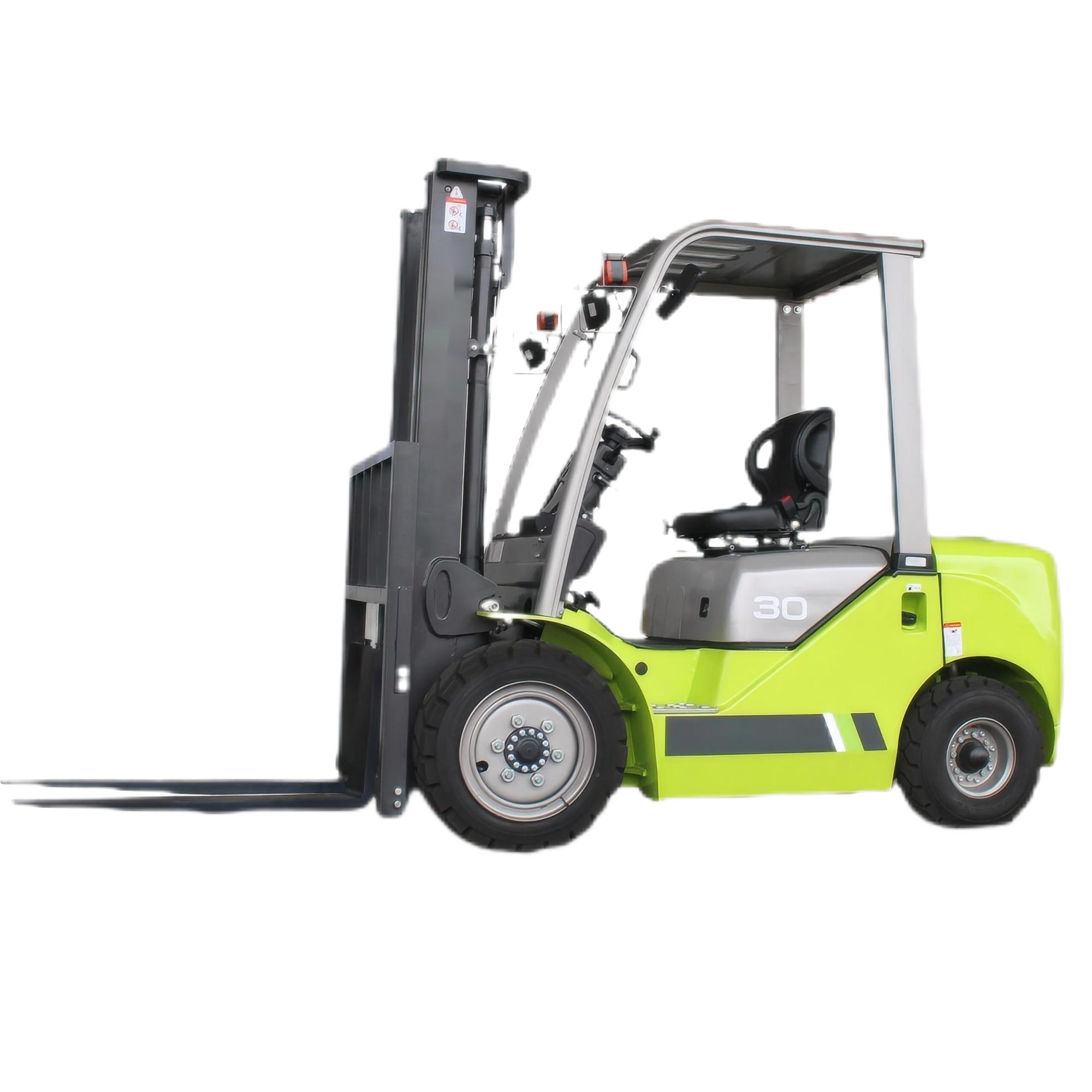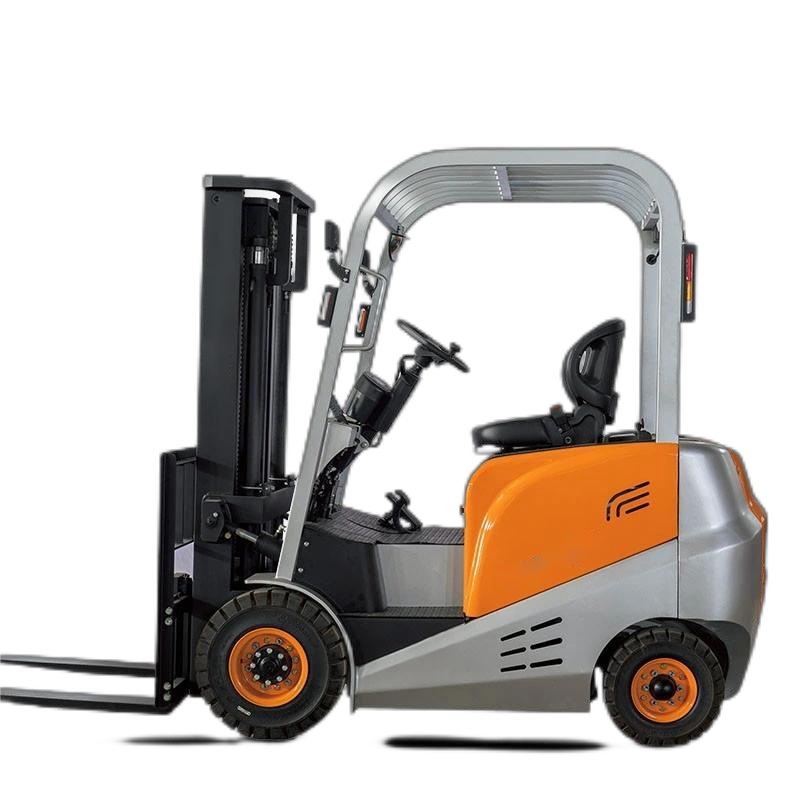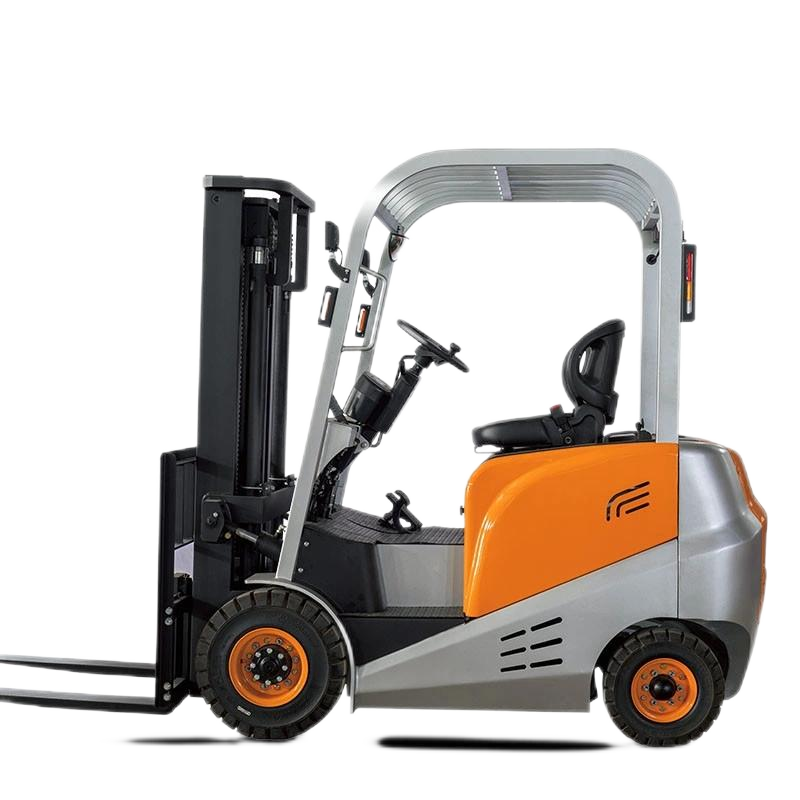The maintenance of electric forklifts is crucial for ensuring their performance, safety, and service life. The following are the key points of the maintenance of electric forklifts:

I. Daily Inspection and Maintenance
Battery Inspection
Check whether the appearance of the battery is damaged, leaking, or corroded, and whether the connection wires are firm and not loose.
Observe the battery power level and avoid over-discharging (it is recommended to charge in a timely manner when the power level is lower than 20%).
Clean the surface of the battery to prevent dust or electrolyte residue from affecting conductivity.
Motor and Controller
Check the heat dissipation of the motor and controller to ensure that the ventilation openings are not blocked.
Listen for any abnormal noises or vibrations during operation and troubleshoot faults in a timely manner.
Tires and Braking System
Check whether the tire pressure is normal and whether there is any damage to the tire tread or foreign objects embedded in it.
Test the sensitivity of the brakes to ensure that the braking system is effective.
Hydraulic System
Check whether the hydraulic oil level is within the standard range and whether the oil pipe joints are leaking.
Operate the lifting and tilting functions to confirm that the hydraulic system operates smoothly without any jams.
II. Regular Maintenance (According to Time or Usage Frequency)
Weekly Maintenance
Clean the entire forklift, focusing on removing the dust on the surface of the battery compartment, motor, and controller.
Check whether electrical devices such as lights and horns are working properly.
Monthly Maintenance
Check whether the insulation layer of the wires is aged or damaged, and replace the damaged wires in a timely manner.
Lubricate mechanical components such as the gantry and chains to ensure smooth lifting and movement.
Perform a deep discharge on the battery (only applicable to lead-acid batteries) and then fully charge it to activate its performance.
Quarterly Maintenance
Check the wear condition of the motor carbon brushes (if any) and replace them if necessary.
Test the battery capacity and voltage to evaluate the battery's health status.
Conduct a comprehensive inspection of the hydraulic system and replace the hydraulic oil and filter element (according to the manufacturer's recommendations).
Annual Maintenance
Have professional technicians conduct a comprehensive inspection of the entire vehicle, including the circuit, controller, motor efficiency, etc.
Replace worn-out seals, bearings, and other vulnerable parts.
III. Special Battery Maintenance
Lead-Acid Batteries
Regularly check the electrolyte level and add distilled water (do not add tap water) when it is below the scale line.
Avoid charging for a long time to prevent the battery from swelling or the electrolyte from evaporating.
When not in use for a long time, keep the battery power level between 50% and 70% and charge it regularly.
Lithium Batteries
Avoid overcharging, use the matching charger, and disconnect the power supply in a timely manner after the battery is fully charged.
Prevent the battery from being exposed to high temperatures or used in a low-temperature environment, as this will affect its service life.
Regularly calibrate the battery management system (BMS) to ensure accurate power level display.
IV. Troubleshooting of Common Faults
The battery is not durable: Check whether the battery is aged, whether the connection wires are loose, or whether there is an over-discharging situation.
The motor has insufficient power: Check for wear of the motor carbon brushes, controller failures, or insufficient battery power.
The hydraulic system is weak: Check whether the hydraulic oil is lacking, whether the oil pump is damaged, or whether the oil pipes are blocked.
V. Safe Operation and Precautions
Operators need to be trained and familiar with the performance and operation specifications of the forklift.
Avoid overloading or driving at high speeds to reduce the wear and tear on the battery and mechanical components.
When storing for a long time, choose a dry and ventilated place and start the forklift regularly for short trips.
Through scientific maintenance, the service life of electric forklifts can be significantly extended, the failure rate can be reduced, and the work efficiency and safety can be guaranteed.








